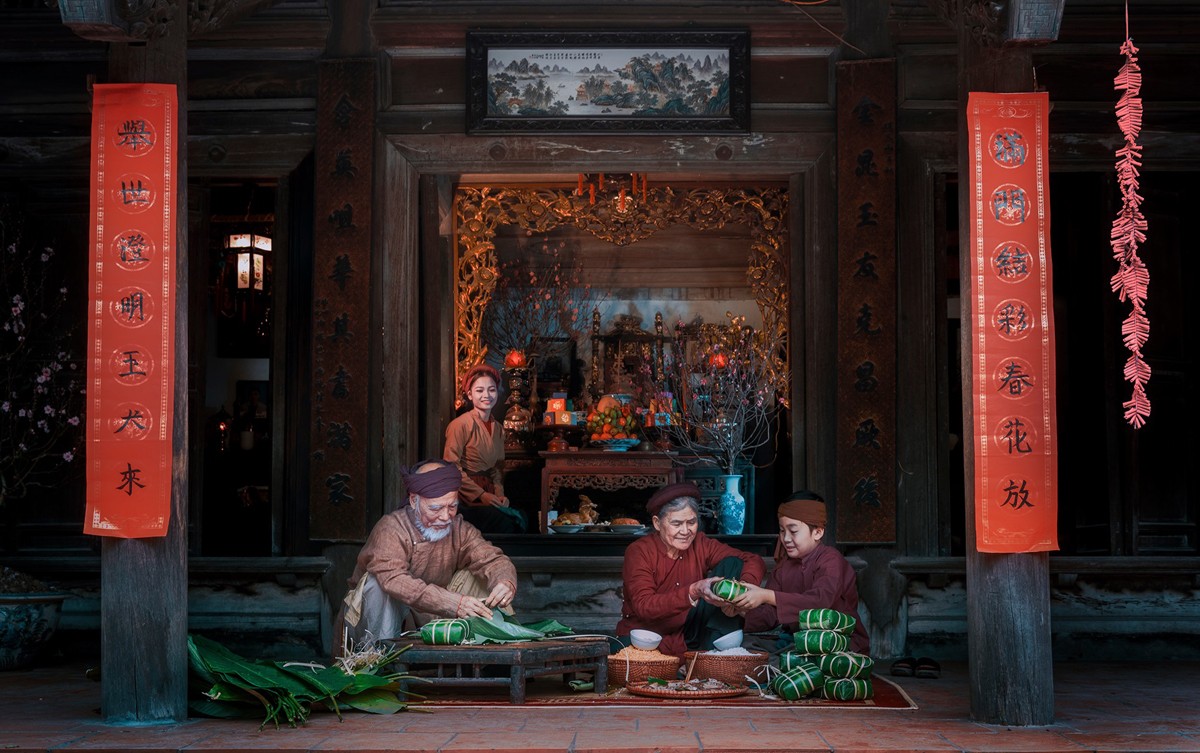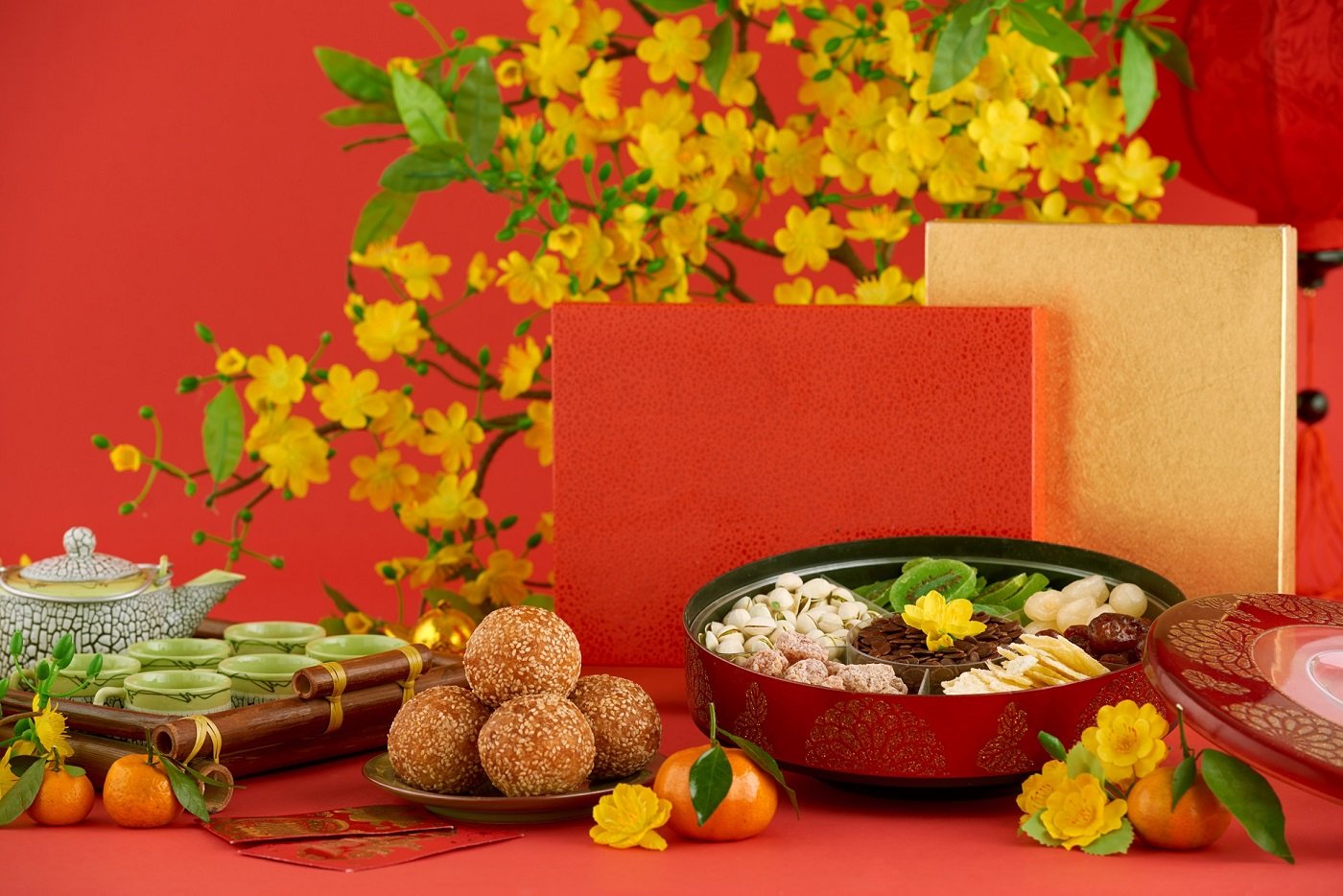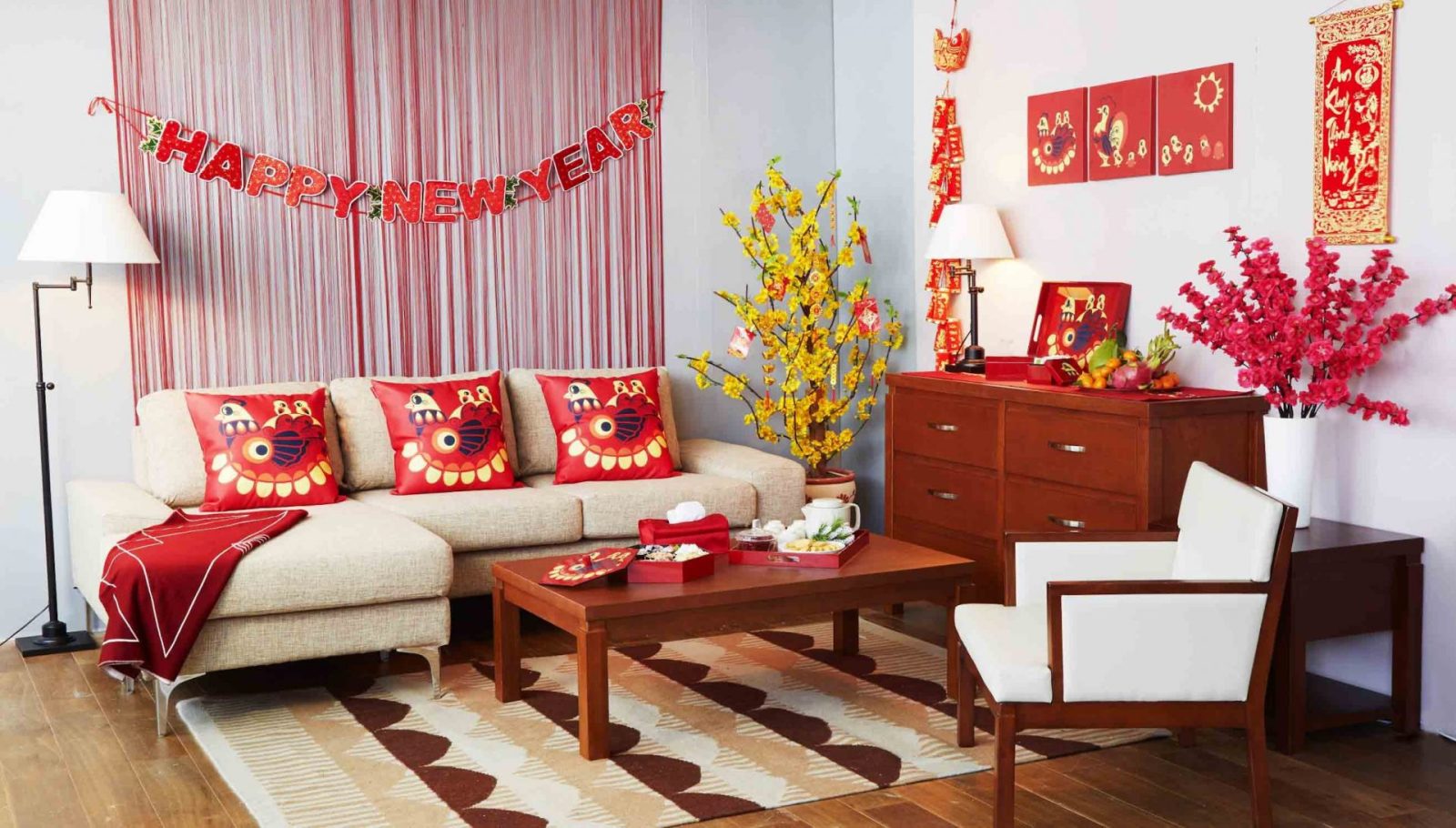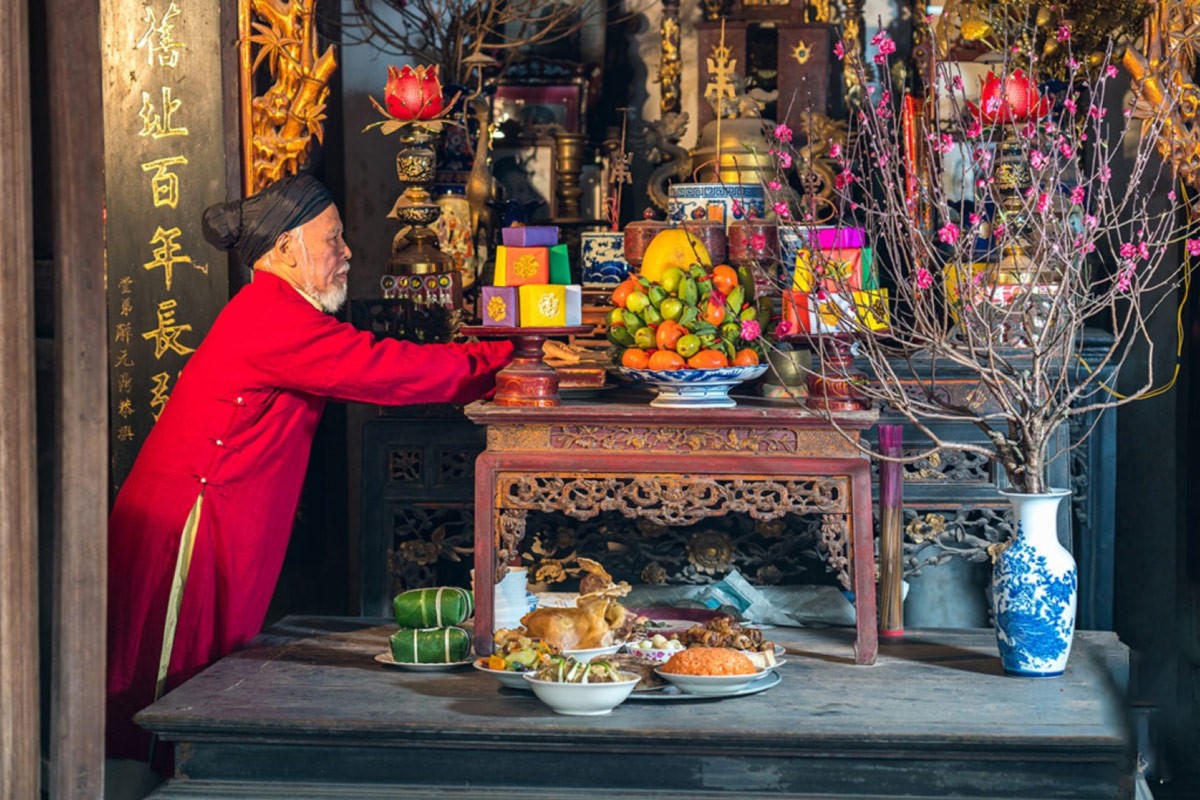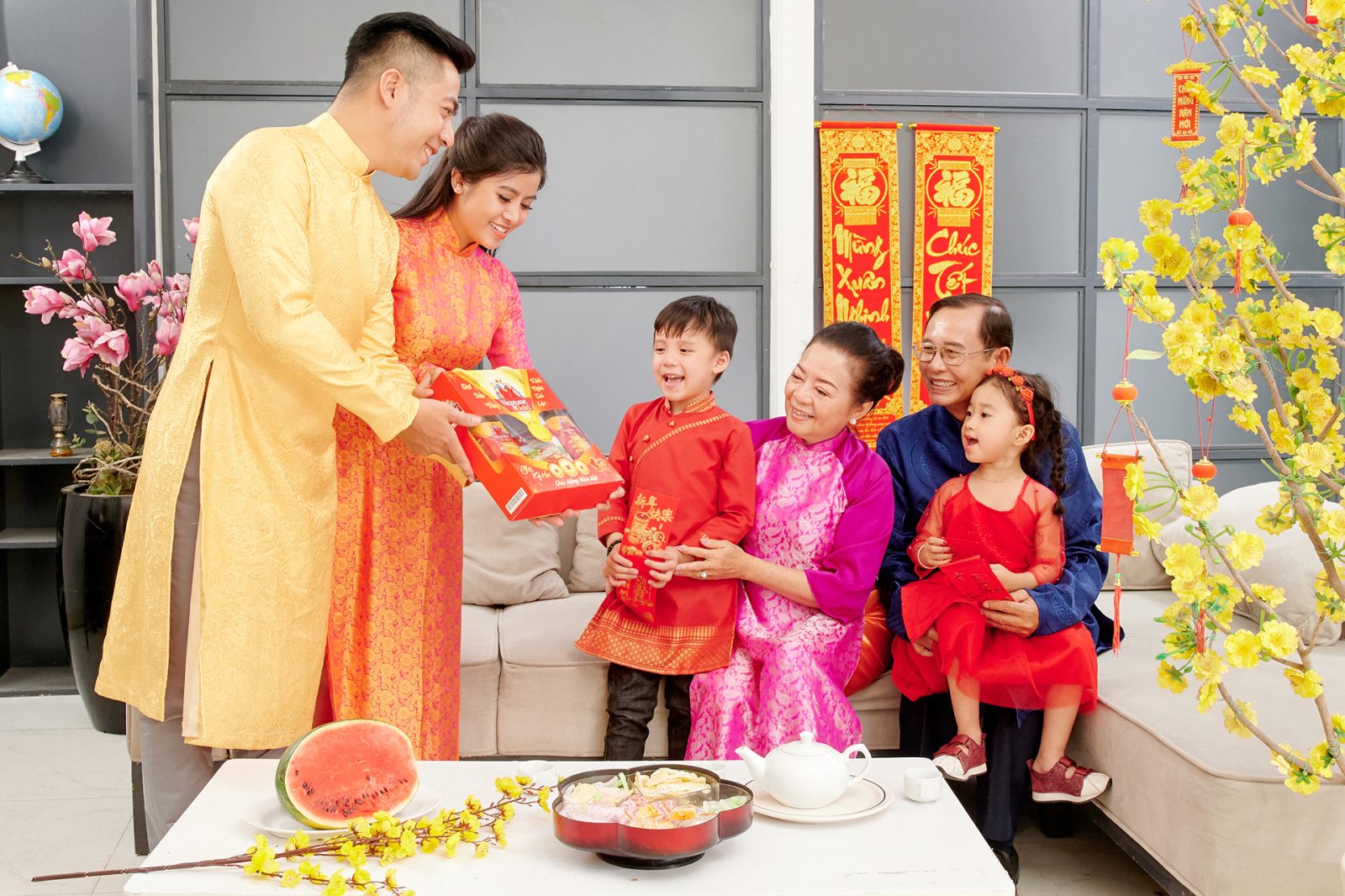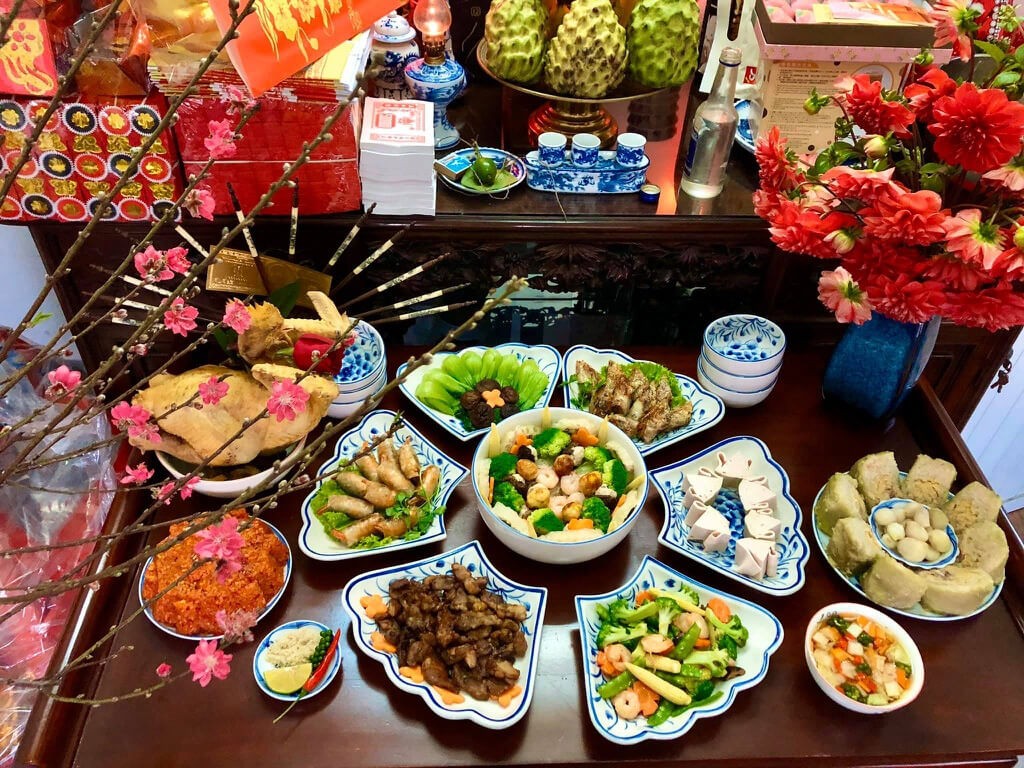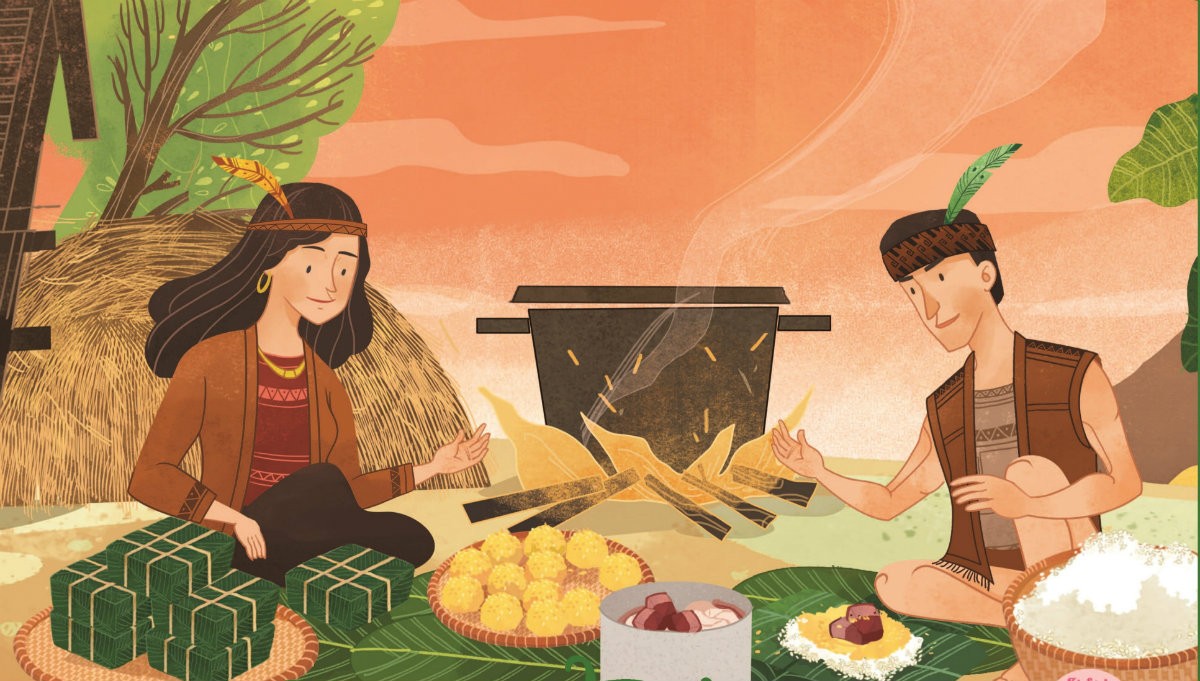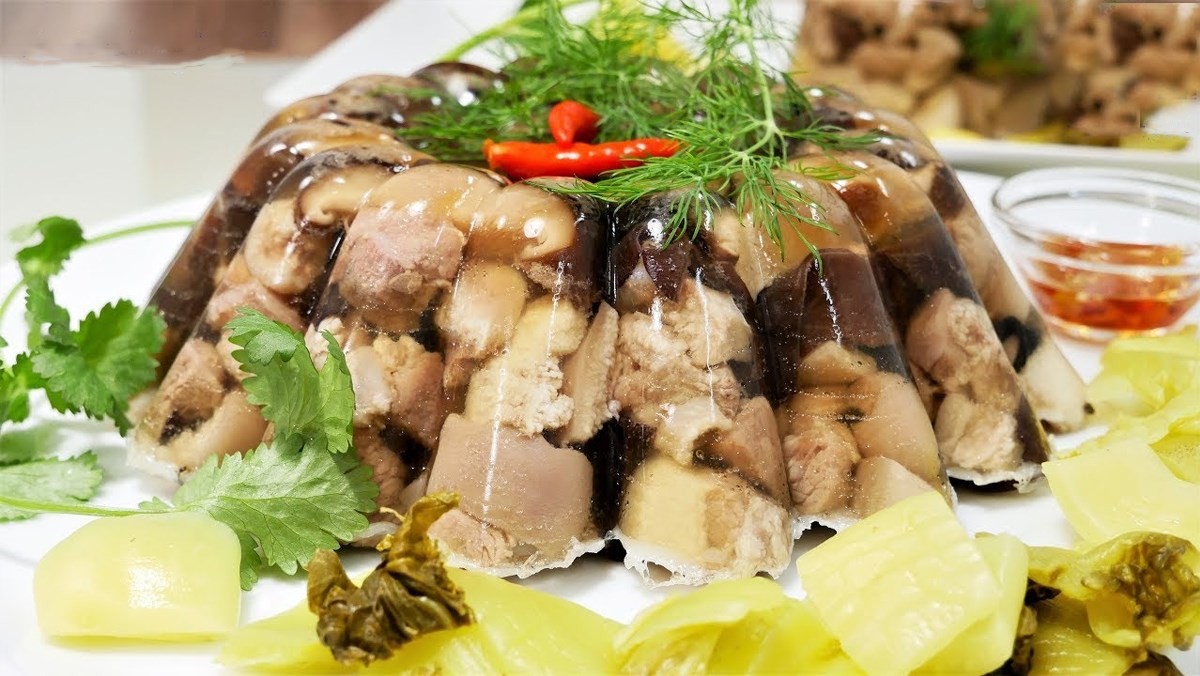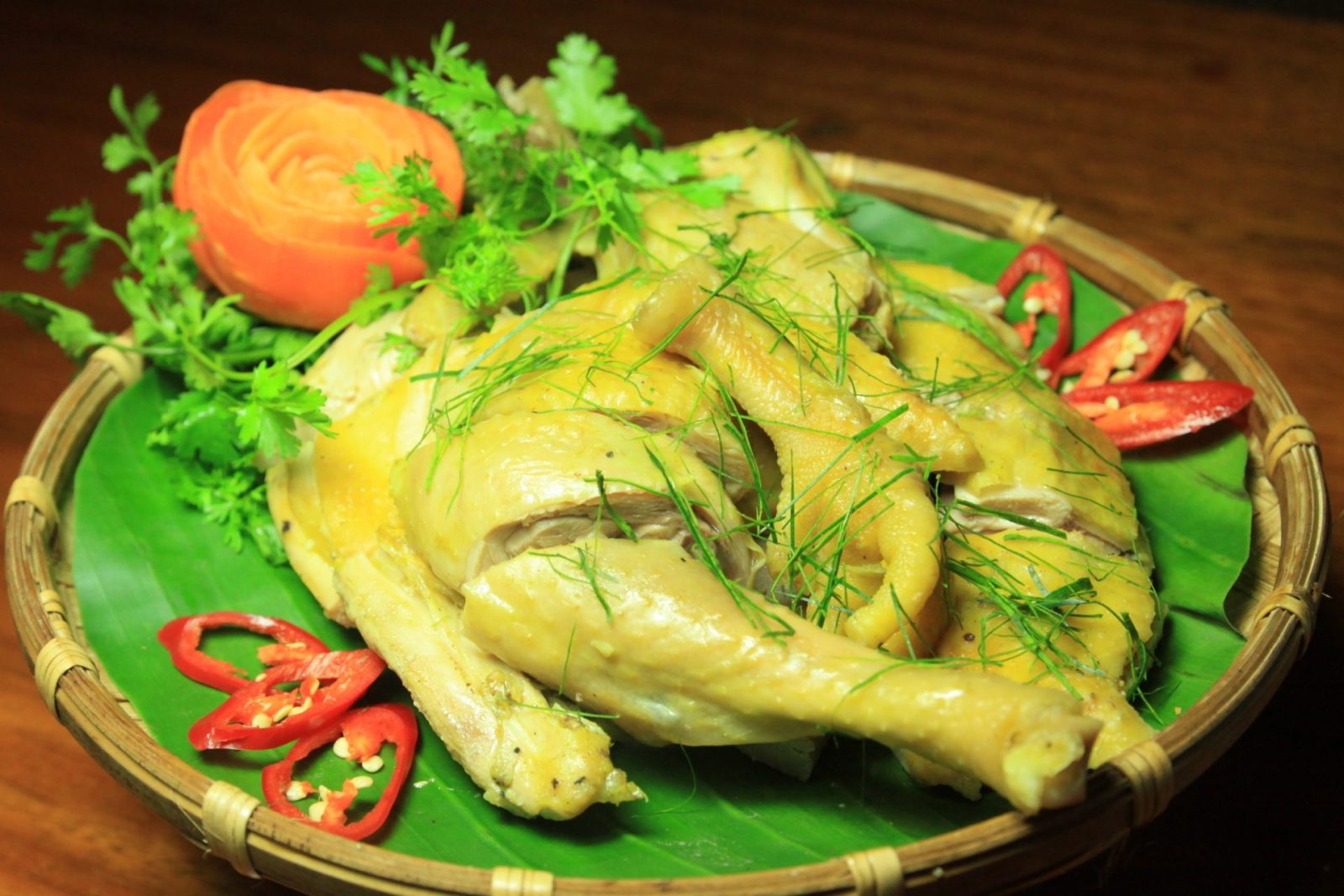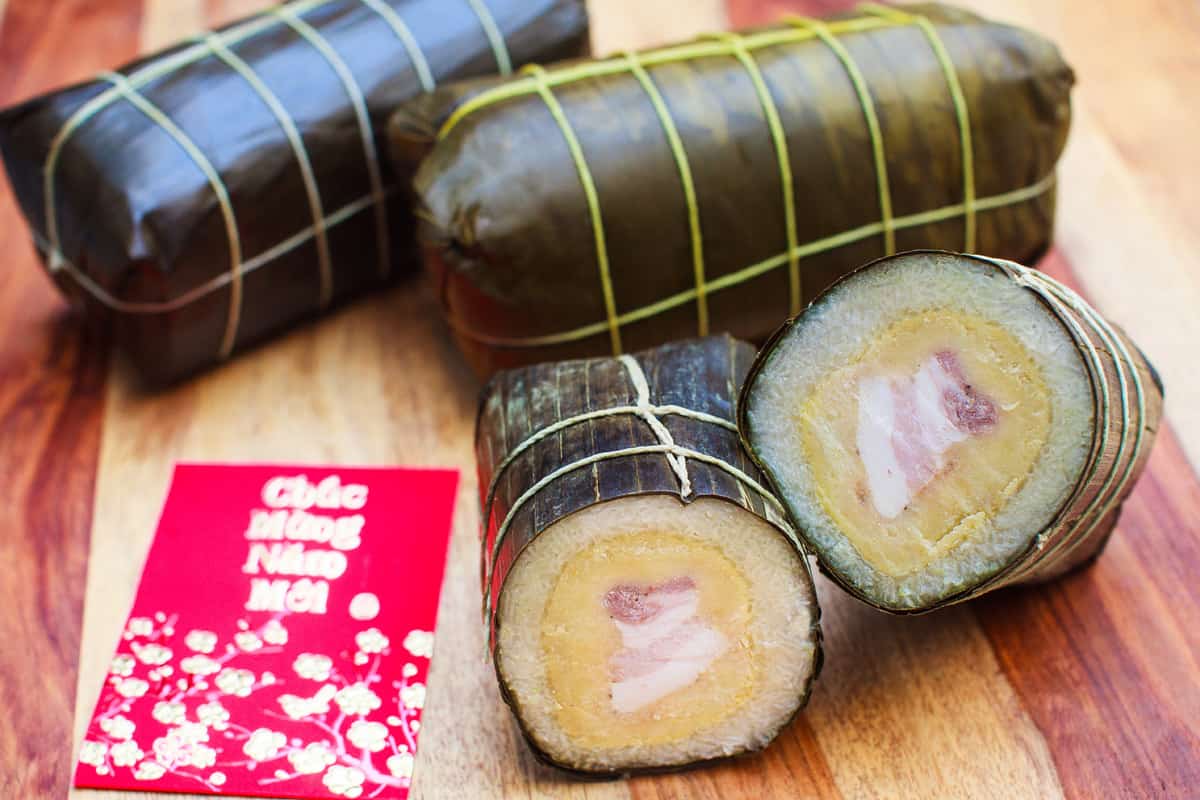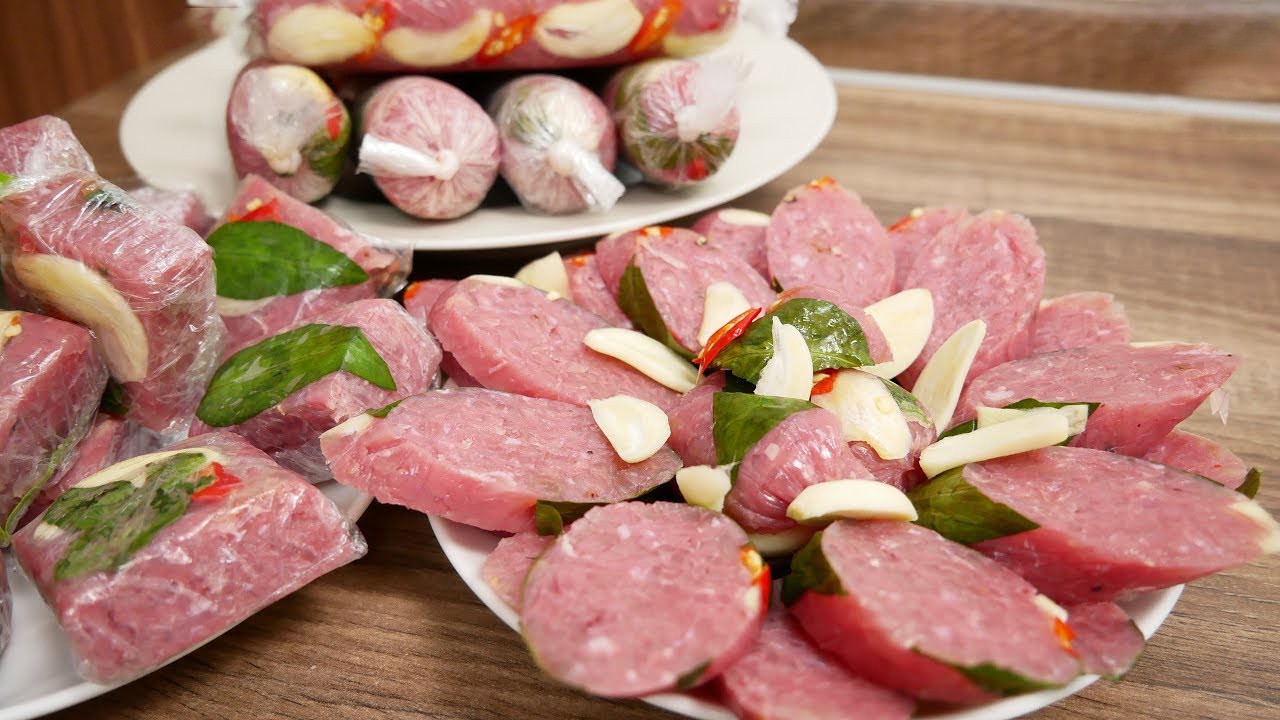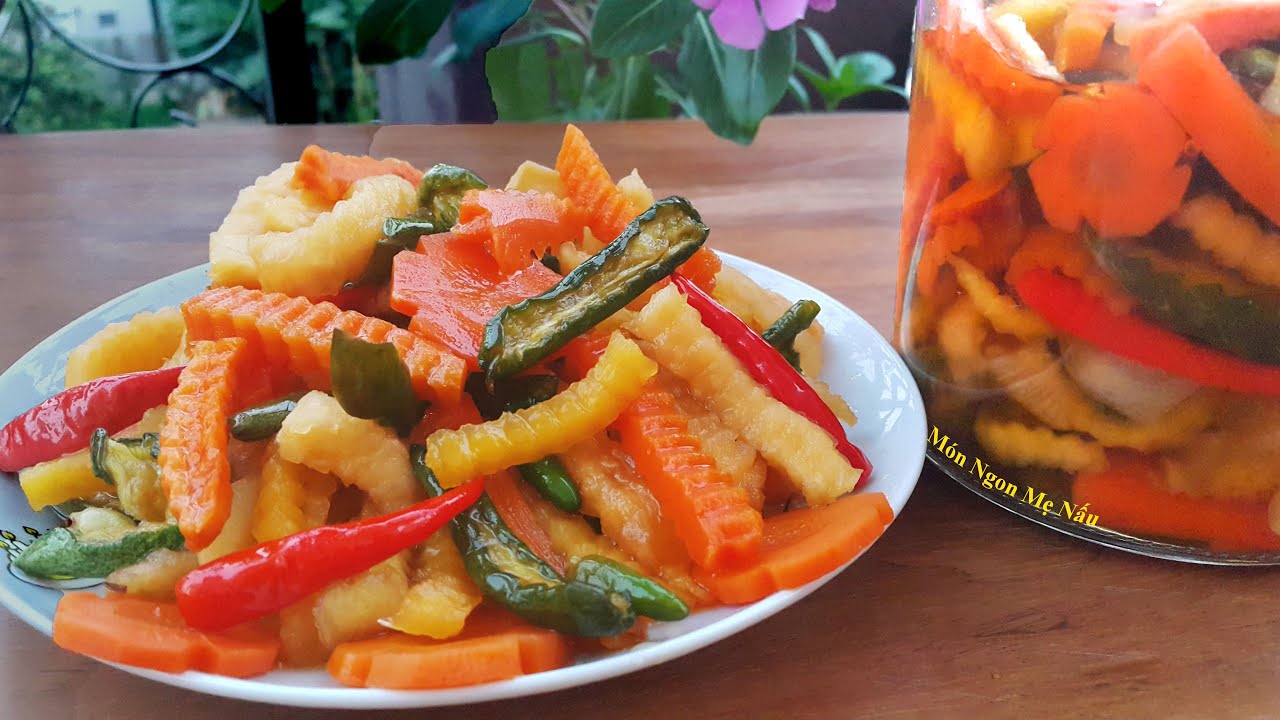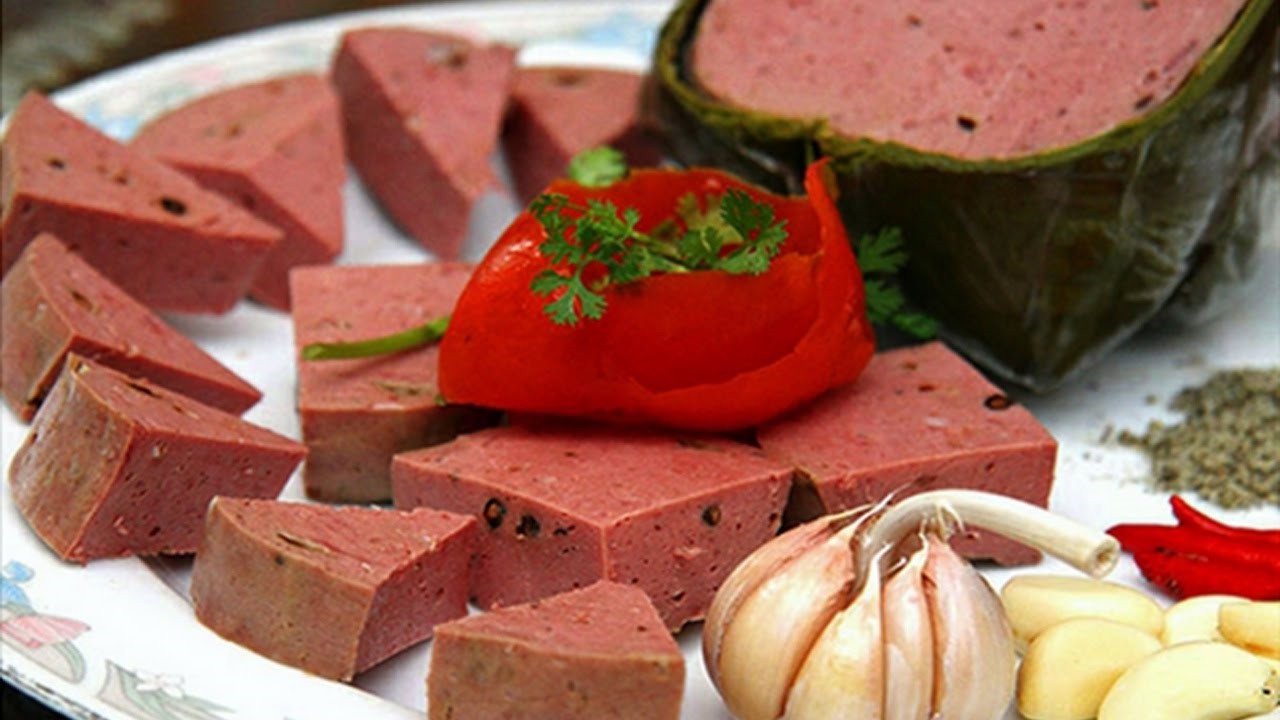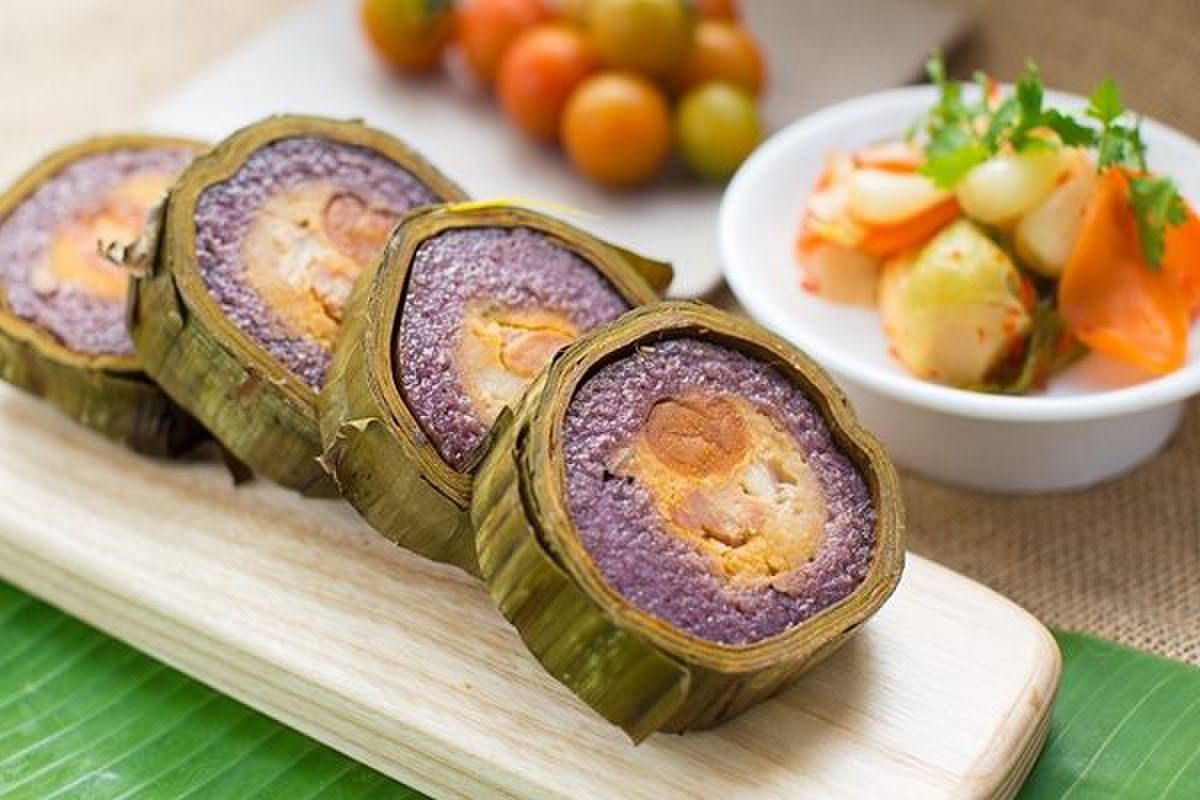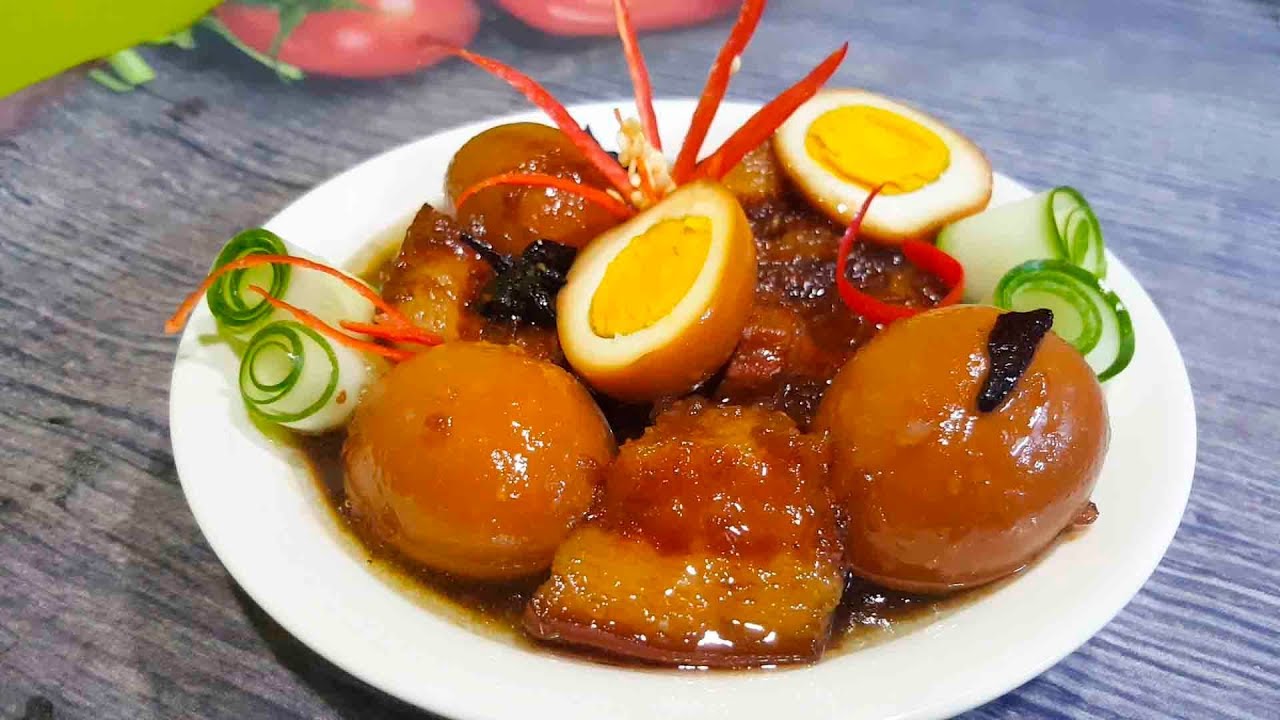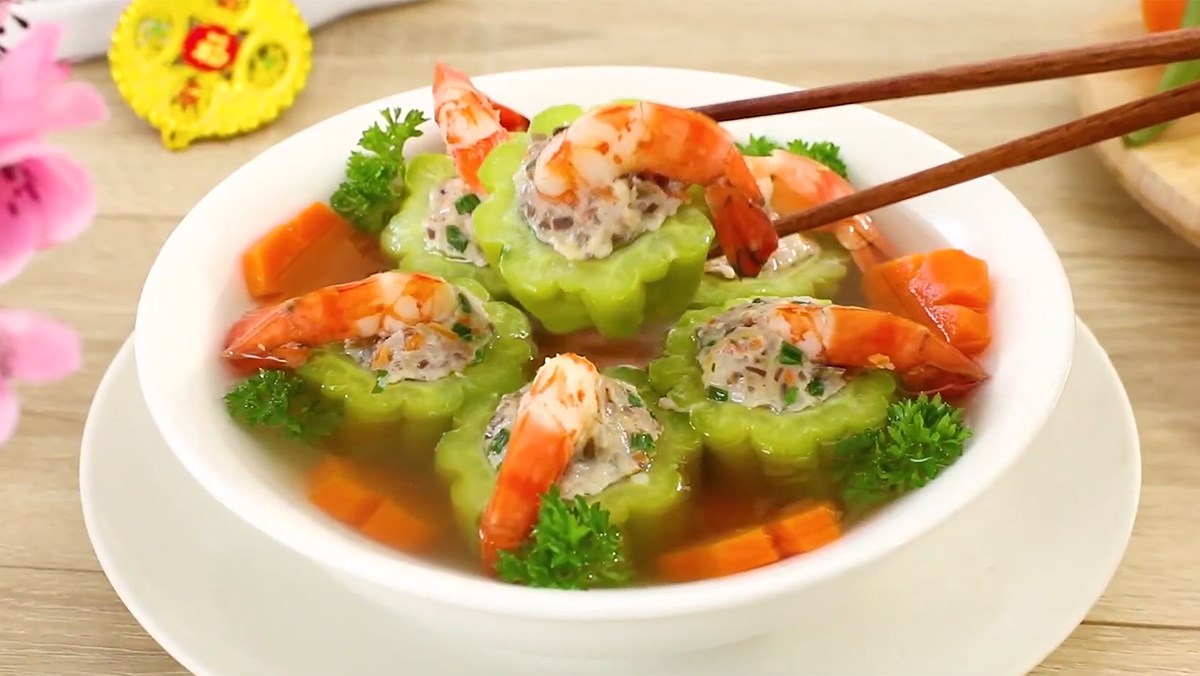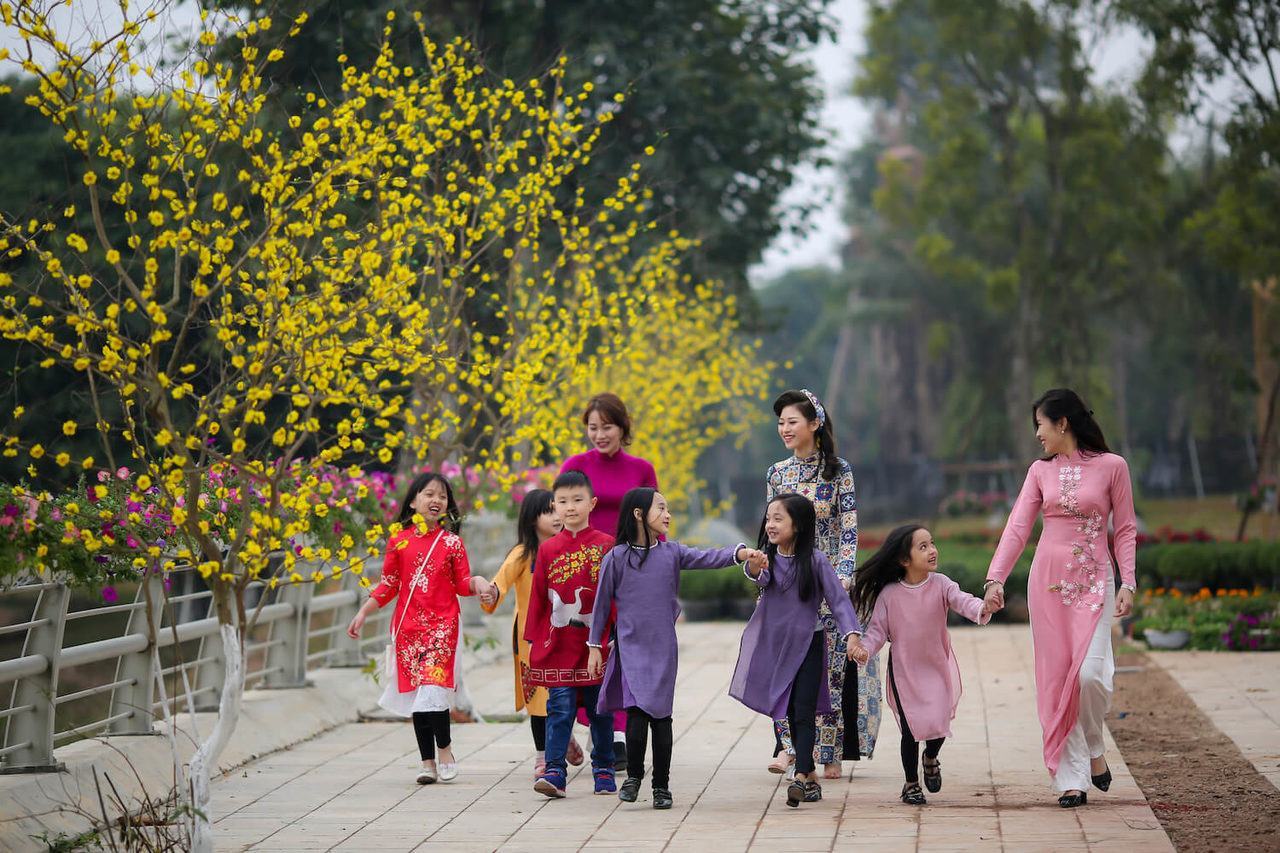Tet Holiday, or Lunar New Year, is the most significant and widely celebrated festival in Vietnam. Marking the arrival of spring based on the lunar calendar, Tet is a time for family reunions, honoring ancestors, and welcoming good fortune for the new year. More than just a celebration, Tet embodies the spirit of renewal, gratitude, and hope for the year ahead. Let’s discover the meaning of Tet Holiday in Vietnam and traditional customs in this special time!
About Lunar New Year or Tet Holiday in Vietnam
Lunar New Year or Tet Holiday is a traditional holiday in Vietnam to celebrate the transition between the old year and the new year. This holiday is calculated according to the lunar calendar. Despite of the transition moment just takes place in some minutes, Vietnamese people celebrate Lunar New Year for many days. In the past, Lunar New Year sometimes lasted from December to the end of March (lunar calendar).
Nowadays, the time to celebrate Tet holiday in Vietnam has almost shortened, only about 7-10 days. In some regions, people still remain the custom of celebrating Tet Holiday longer, about half a month or a little more.
On the occasion of Tet Holiday, Vietnamese people, no matter how far they work, always try to return to their homeland to gather with their families to welcome the new year. On Tet days, Vietnamese people are far away the work, let their souls be comfortable, relax and have fun. Therefore, there are many festivals organized in Lunar New Year depending on each locality.
The meaning of Tet holiday in Vietnam
In addition to the meaning of saying goodbye to the old year and welcome the new year, Vietnamese’s Lunar New Year also has the meaning of reunion and meeting in joy.
Furthermore, Tet is also the occasion so that Vietnamese people show their respect to Heaven and Earth, gods and filial piety to ancestors and the deceased. Thus, Vietnamese people make many unique rituals, customs and ceremonial offerings on this occasion. Depending on each religion and belief, rituals and customs have differences.
Besides, this is the time for people to let go of the sorrows, failures, worries of the old year and believe, hope for a luckier and more successful new year. With all of the above meanings, Vietnamese people prepare Lunar New Year very carefully and elaborately. They decorate their house beautifully, cook many delicious dishes and perform traditional customs for good luck.
When is Tet holiday celabrated in Vietnam?
Tet Holiday in Vietnam is celebrated based on the lunar calendar, typically falling between late January and mid-February. The exact date varies each year, as it follows the first day of the lunar new year.
For example, upcoming Tet celebrations are:
- Tet 2025: January 29, 2025
- Tet 2026: February 17, 2026
The holiday usually lasts for about a week, with official public holidays granted for several days. However, many Vietnamese people start preparations and celebrations before and after the official dates.
Usually lasting from 7-10 days, Tet Holiday in Vietnam is divided into 3 periods:
- Prepare before Tet – from the 22nd to 30th lunar date
- Lunar New Year – from New Year’s Eve to at least the 6th lunar date
- Lunar New Year end – start from the last day of the previous period.
Traditional activities at Tet Holiday in Vietnam
Before Tet
During this period, Vietnamese people will clean the house, throw away old or unused items, paint and repair the house. After that, they will buy ornamental trees and fresh flowers to decorate the house. Next is the worshiping ceremony to see Kitchen Gods off to Heaven. Following Vietnamese’s belief, Kitchen Gods is the god who governs the house and kitchen, bringing peace to the owner.
Year-end parties are also held during this period. This is the party that the homeowner makes delicious dishes and invites relatives, friends and neighbors to come and enjoy the meal. People will talk about what happened in the old year and maybe the plans in the new year.
During Tet
At the moment of New Year’s Eve, Vietnamese people will joyfully welcome the new year. Many people will do New Year’s Eve offerings. Other people go to see fireworks, go to church, temples or crowded public places to celebrate the new year together.
At the first days of the new year, Vietnamese people have a lot of taboo practices to limit bad luck and wish for luck. For instance, people will try not to say bad words or bad things. Instead, people will talk to each other gently, joyful stories so that the new year will be as joyful.
Moreover, there are also other taboos such as not sweeping and dumping garbage, not breaking furniture and dishes, not borrowing or repaying debts, not giving others water and fire, not picking up money on the street,… in the first days of the year.
According to the old custom, on the 1st day of Tet, Vietnamese people will go to wish their grandparents, parents and relatives on the paternal side a Happy New year. On the 2nd day are relatives on the maternal side. People will wish teachers who had taught them on the 3rd day. From the 4th, Vietnamese people begin to wish New Year’s greetings to friends and colleagues or to enjoy the spring and travel more comfortably.
In this period of Lunar New Year, Vietnamese people will do many things to wish the new year to be lucky, happy and prosperous. For example, picking buds, leaving on auspicious day, opening the shop, giving lucky money /expressing New Years Day wishes ,…
Lunar New Year End
After celebrating Tet, Vietnamese people will make offerings to burn Tet (the end of Tet), clean the house, remove ornamental plants and decorations in the house, rearrange furniture back to normal.
And then people will return to work and daily life. People don’t need to keep the taboo practices anymore. Festivals also end. Those who go to work far away will again leave their hometown to their workplace.
Vietnamese Cuisine in Tet Holiday
Vietnam is an S-shaped stretch of land. As a result, there are diversities and differences in culture as well as cuisine of each region. Here, let’s also take a look at the special dishes of Vietnamese people in 3 regions: North – Central – South during Lunar New Year:
Vietnamese food of The North
The North’s feast tray presents quite generously with many dishes such as jellied meat, boiled chicken, lean pork paste, roasted cinnamon pork, banh chung, dried bamboo shoot soup,…
+ Banh chung (Square sticky rice cake)
Associated with the legend that Mr. Lang Lieu made banh chung – banh giay offered to Hung King. Banh chung symbolizes the squareness and peace of the land. Cakes made from glutinous rice, pork, green beans,… are packed together. These are the quintessence of Vietnam’s wet rice farming culture from ancient times, symbolizing a prosperous and full life.
+ Lean pork paste – Gio lua
With the central position of Tet feast tray, lean pork paste seems to be indispensable. Its meaning is “relationships go smooth all side”. Besides, the thick and round piece symbolizes good fortune coming to the house.
+ Jellied meat – Thit dong
The mixture of ingredients shows the eagerness of connecting everyone together. The clear jelly layer also means a new year with many lucks and advantages.
+ Boiled chicken – Ga luoc
Boiled chicken brings us a fortunate beginning and fulfilling happiness. Therefore, Northern people start a new year with boiled chicken, even on worship tray or first tray of the year in order to get a prosperous year as expected.
Traditional food of The Central
The Central’s feast tray cannot be without vegetable pickles, banh tet, sour meat pie, beef rolls, pork in fish sauce brine,…
+ Banh tet (cylindric glutinous rice cake)
Banh tet means the convergence of the ground and sky, one of must-have traditional dishes in Tet tray of the Central people. If the North has banh chung wrapped in Dong leaves, banh tet in the Central is wrapped in banana leaves.
+ Sour meat pie – Nem chua
If you have the opportunity to come the Central region on Tet occasion, you will be treated by people here with a few sips of wine and the “snack” is sour meat pie. This specialty dish is made from pork. After being marinated with spices; the meat is wrapped in guava leaves and gutted leaves for a few days to have a sour, crispy and spicy taste.
+ Vegetable pickles – Dua mon
Vegetable pickles is an indispensable dish in the coming Tet. People often use this dish with banh chung and banh tet. Slices of soft and flexible banh tet served with crispy and sour vegetable pickles give diners an unforgettable taste in their mouth, a very unique flavor during Tet.
+ Beef rolls – Cha bo
In the banquet table for guests in the early spring days of the Central people, there are usually red and pink beef rolls. With all the salty, sweet, crunchy, chewy, spicy flavors combined with the characteristic strong aroma of black pepper, this dish is indispensable in Tet Holiday.
Special food of The South at Tet
The South also has many unique dishes such as banh tet, pork stuffed bitter melon soup, meat stewed in coconut juice, pickled scallion head, pickled bean sprouts, Chinese sausages,…
+ Banh tet (cylindric glutinous rice cake)
While banh tet in the Central is made in a fairly simple way, it has been markedly “improved” in the South. Because there are two types of cakes here: savory and sweet cakes. With the savory filling, in addition to the traditional beans and fatty meat, many families also add salted eggs and Chinese sausages to add different tastes.
+ Meat stewed in coconut juice – Thit kho nuoc dua
In the days leading up to Tet, besides making banh tet, Southern households often prepare a large pot of meat stewed in coconut juice to eat on these days. This dish looks very attractive, easy to eat and very delicious. If you want to enjoy this dish without feeling sick, you can eat it often with pickled bean sprouts.
+ Pickled scallion head with dried shrimps – Cu kieu tom kho
Pickled scallion head is usually eaten with dried shrimp as a separate dish. Scallion head is pickled sweet and sour. When served with dried shrimps, sprinkled with granulated sugar will make the dish crispy, chewy, pungent, salty and sweet. Thus, it leaves an unforgettable flavor.
+ Pork stuffed bitter melon soup – Canh kho qua nhoi thit
For every Southern family, pork stuffed bitter melon soup is a familiar everyday dish. It also appears in Tet days with the meaning of repelling passing difficulties. Not only that, this is also a nutritious dish to cool down the body during Tet.
Although there are many differences, Vietnamese’s cuisine in Lunar New Year still has the unity. For instance, green and red are still 2 main colors because they represent luck and fortune. This unity shows in adherence to the rules of the Eastern worldview, most notably in the arrangement of five-fruit tray. Indeed, the five fruits represent Five Elements. It expresses the owner’s desire for a cozy, affluent life, in accordance with nature and the laws of Heaven and Earth. In addition, many Vietnamese Tet dishes result from meaningful stories and legends, expressing the long-standing folk culture of the people.
Above are all about TET, the most traditional holiday in Vietnam. With the differentiation of climate and culture, each region has its own characteristics. However, like other countries in the world, everyone wishes to have a complete and lucky Lunar New Year. If you have been to Vietnam, try once to immerse yourself in the warm and joyful Tet atmosphere here. Wishing you all a peaceful, prosperous and Happy New Year!

